|
There’s a lot of advice out there for writers at every step of the game, from concept to drafting to publishing. Different things work for different people—I know authors who edit heavily as they draft, not moving on until a scene is close to perfect, while others take whole chapters that are giving them problems and—get this—delete them. Not move them to another document—DELETE like a freaking CYBERMAN.
Everybody goes about this nutty process of book-writing in a different way, which is why I tend to stay away from offering hard and fast rules for writers. But! Having several different manuscripts in all stages of the game right now (one in concept, two in drafting, and one in revision), I’m using July’s blog post to break down the main strategies I use at each step of the process. It’s not really a toolbox so much as a shoebox—just a few useful knickknacks for navigating each stage of a novel’s journey. Take a look below the jump!
0 Comments
En plein air is just a fancy French way of saying painting outside. I never really considered myself capable of plein air painting until my first season as a ranger in Yellowstone in 2015. While in the park, I had the opportunity to learn from Suzie Garner, a fantastic watercolorist and plein air painter. She opened the door to landscape painting for me and gave me so much confidence! Now watercolors are some of my favorite ways to document my trips and ranger seasons.
Now that I’m back in Yellowstone, I’ll be doing a lot more plein air work this summer, so I thought I’d break down my materials and process for anyone who might be interested. I spent the morning painting the Teton range, so check out the progression below the jump! It’s not going to be a long blog post this month, because I have precisely five days before I need to be in a car with my husband and all my worldly possessions and heading cross-country to Yellowstone. But being in the thick of several manuscripts at all different stages—one in plotting, one in drafting, and one in editing—I wanted to share some great tips I’ve gathered over the years on jump-starting protagonists. Think of them as icebreakers for authors, only less horrible than real social icebreakers because your characters can't judge you. So many of my protagonists start out as little more than a suggestion—a role to fill (Mae), a foil to another character (Rou), a catalyst (Celeno). Often, it’s not until I reach the end of the first draft that I understand exactly who that character is and how to achieve their full potential. Sometimes that makes drafting hard, especially when I need a character to make a big decision—by the time I was writing Creatures of Light, I knew, for example, how Mona would react in any given situation. But as I was drafting book 1 of The Outlaw Road, with new characters, I had to do a lot more puzzling. What choices would this character make? How do they handle their problems? How do they react when they fail? There are lots of great character-building exercises and activities available online and in writers' workshops to help you get to know your protagonist, but I have a few go-to aids that I use when I realize I need to know more about them. Check them out below the jump!
Woodwalker was born on a hike. The trail itself was really nothing special—just a short, easy walk from the Stumphouse Tunnel parking area, away from the locally famous half-finished railroad tunnel. In a past life, we’d have gravitated toward something longer and more remote. But I had just had my second baby two months previously, and having finally healed and gotten some stamina back, it was our first hike as a family of four, and the first time I’d gotten beyond our backyard in months. I grew up in the Appalachian foothills, so the landscape was nothing new, but after the confines of a winter pregnancy and new motherhood, being in the woods again was almost overwhelming. My brain fired up, and the little germ of an idea that had begun in a Lord of the Rings fanfiction started sprouting into something completely new. And even though Mae had her roots in Middle Earth, on that hike through a classic southern mixed-hardwood forest, there was no question in my mind what kind of environment she came from. The places in my books are always heavily drawn from real landscapes I’ve worked in or traveled through. Mae’s country of the Silverwood Mountains draws its environment directly from Great Smoky Mountains National Park and the surrounding national forests, where I’ve been a park ranger for three seasons. Alcoro draws from my time in the desert southwest, and Cyprien from the old-growth swamps in my home state. But several locations throughout the trilogy get even more specific than just an American region—in some cases, I can even list hiking trails or mountain peaks that have directly inspired the journeys of my protagonists. Explore some of these below—maybe one of the campsites or castles in Creatures of Light isn’t that far from you! All photos belong to me unless otherwise noted. Header photo was taken near Newfound Gap, Great Smoky Mountains National Park. Header fonts are Valeria Bold Grunge and Amarillo from dafont.com. See them all after the jump! I’ll start by saying that I tried really, really hard to have a progress video, or at least an illustrated tutorial for February’s “for artists” blog post, but as you may have seen on social media, the universe was against me this month. I’d set up a screencap video for the piece of Remus Lupin below, but it failed thirteen minutes in. So I tried to capture a different illustration on my phone, but I kept running out of memory, and then half the clips were eaten by Internet goblins when I tried to transfer them to the cloud. So I set about doing a simple face and shading tutorial, when I realized that with the frustration of everything else, I apparently no longer could draw a face, at which point I nearly gave up on February entirely. So finally, as I came down the wire, I decided to give you something that didn’t require me to draw anything new at all, and that’s to share my method of setting long-term goals to progress my art. I started doing this several years ago—setting specific objectives, usually at the beginning of the calendar year, of what skills and concepts I wanted to practice next.
Most of these goals were easy to come by—they were often concepts I was struggling with or felt like my pieces were lacking. But sometimes our weak points aren’t easy to pinpoint—these are great reasons to have artist friends or crit groups that will give you honest, supportive feedback. I’ll share a few of these resources at the end of the post. So! It seems I’ve saved February’s art blog at the eleventh hour, despite the best efforts of a vengeful universe/crippling professional anxiety. Here are the stylistic roads I’ve journeyed on the past five years, the resources that helped me slowly progress, and where I hope to head this year. Includes Ye Olde Arte and some pieces I’d really rather bury but am posting for your amusement. See it all below the jump! JANUARY 2019 I wrote myself into a conundrum. It was a good conundrum to have, but one I had to fix quickly. As many of you know, I rotate my blog post topics for writers, artists, and readers of my books. January's was slated to be for writers. In 2018, my writing posts were some of my favorites, documenting things like how to write next-level heroines and how to equip your characters for a trek through the wilderness. But try as I might, as 2019 got underway, I couldn't get excited about a post for writers. My mind, instead, was focused on the ongoing government shutdown. I was watching my friends in the National Park Service apply for unemployment and hastily hunt for part-time work. I was watching rangers who have spent decades in service to the NPS network for food pantries. One mentor of mine, who hired me for my first internship, was furloughed just days before her retirement date. I did what I could. I angrily called my senators. I sent angry cookies to my friends on furlough. I put angry words on one of my nature-nerd manuscripts. I did angry yoga. I vented to my also-angry mom. But there reached a point where it seemed like none of it was doing anything, for me or anybody else. So I turned, finally, to my monthly blog. I had a good post written--"Five Low/No-Cost Ways You Can Help National Parks Survive the Shutdown." I interviewed my affected friends and combed articles from the National Park Foundation and National Parks Conservation Association. I looped another author in for a book giveaway. I curated a sweet national parks reading list. I made a flashy graphic. Then, on Friday, the government re-opened. Federal employees and contractors went back to work. The engine sputtered to life again. I was happier that day than I'd been all of 2019. But some of my other friends were more wary. They knew the deal the government agreed upon was only supposed to last three weeks. If Congress and the president can't come to an agreement, things could very well shut back down on February 15.
So I'm shelving the post I wrote... for now. The points in it are valid even when not under a shutdown, but I'm going to save it until after February 15. Hopefully, I won't have to share it at all, and we can go back to our regularly scheduled programming of art blogs and writing tips. But if things go under again, expect to see it posted shortly afterward, fancy graphic and book giveaway and all. Because I didn't have another post written for January, I'm sharing A Park Ranger Vignette, a short story I wrote for HarperCollins a few years ago. It features a Yellowstone ranger struggling through a rough morning in the park, and the people and phenomena that remind her just why she chose to be a ranger in the first place. As an added bonus, I've included the national park reading list I curated from my original post. It features some of my favorite books written by park rangers and set in national parks. I hope it gives you some great additions to your TBR pile! Thanks for sharing this time with me---check out A Park Ranger Vignette after the jump! DECEMBER 2018 December! We've made it. 2018 was a roller-coaster year for me, with some very bright highlights, including the release of the final book in the Creatures of Light trilogy and big progress on my other manuscripts. At times this year felt like it detached from linear time altogether, and it was possibly the most stressed I've ever been by large-scale events outside my control, but here we are at the end. In celebration, and as a holiday thank-you to my readers and followers, this month features an illustrated short story set prior to the events of Woodwalker. It's no secret that Mae, the protagonist and narrator of Woodwalker, is exiled from her home--that much is given away on the back cover of the book. But what did things look like on the night of her arrest? What furtive things were swirling around the palace, and who was slinking through the shadows before Mae was led away from the Silverwood? Take a glimpse into that fateful night through the eyes of a character readers might remember from the firefly slopes of Lampyrinae. If you haven't read Woodwalker, not to worry--there are only a few spoilers included in this story, and none are major to the plot. Consider this a peek into the events leading up to chapter one. For those of you who have read the book, keep your eyes open for nods to some of the twists and turns you know and love... Read it all after the jump!
NOVEMBER 2018
It’s the same every year—shortly after Halloween, when Pumpkin Spice gets the boot in favor of Peppermint Mocha, my anxiety shoots through the roof. It’s November 3rd! It’s practically Christmas Eve! My love language is gifts, and my husband is gift-challenged, so the majority of holiday gift brainstorming, researching, purchasing, wrapping, and giving ultimately falls on me. I like it when I can come up with the perfect gift (like the 7-Eleven Tour de France bike jersey I got for my husband a few years ago), and I get stressed when I fall short (my brother’s wish list ranges from ‘airplane’ to ‘ski trip in Vermont,’ so I invariably end up getting him gift cards, which always makes me feel stupid).
Anyway, this year, I had a great gift idea for my youngest daughter. Before she was born, I wrote and illustrated a picture book for her sister called “Fairy for a Day.” It featured my eldest rescuing a fairy and being gifted wings and a fantastic floral wardrobe, replete with sparkles and friendly woodland creatures. Both my girls love reading it, and I figured it was high time my youngest had a picture book of her own. The catch is, of course, that picture books take time. A lot of time. There’s a reason hiring an illustrator is so expensive, and it’s because nothing kills the look of a project more than it being rushed. Here’s a secret: I actually don’t like reading the Fairy for a Day book I wrote for my eldest. The writing is bad and the illustrations are bad, and it’s because I did it too fast, trying to whip it off with enough time to send to the printer before her birthday.
I’ve grown a lot as an illustrator since then. I dedicated most of 2016 to honing my ability to work efficiently. I’d set timers for digital paintings and make myself consider the piece done when the time was up. I participated in Inktober for the first time, which forced me to move on to a new piece each day. It’s not easy working like this—it’s a skill that has to be practiced. And of course, nothing tops the quality gained by a generous deadline. But sometimes we simply don’t have the time. I’m still not as efficient as I’d like to be, but I’m a lot better than I was when I created Fairy for a Day. So it was with more confidence that I set about creating my youngest’s Christmas present--Mermaid for a Day.
In this month’s blog post, I’m sharing some suggestions for how to create an appealing, dynamic piece while on a tight deadline. See them all below the jump!
OCTOBER 2018
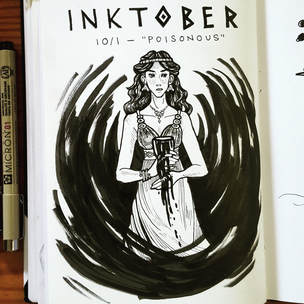 Queen Irene Attolia: The Queen's Thief series, Megan Whalen Turner Queen Irene Attolia: The Queen's Thief series, Megan Whalen Turner
I’ve been thinking a lot about heroines this month.
It started with Inktober, the month-long challenge where artists post a pen and ink drawing every day. Back at the end of September, when the news cycle was especially ugly, I wasn’t sure I was going to have the emotional stamina to see Inktober through this year. I’ve come to love it—it’s made ink one of my favorite mediums besides digital art. But 31 days of illustrations seemed like such a tall order in a world where political and climate disasters are so big and my voice and efforts seem so small. Normally I like to plot out my posts ahead of time, but as September wound down with little to no inspiration for the official prompts, it seemed more and more pointless. Two things saved me. One was my current re-read of the Queen’s Thief series in preparation for the release of Return of the Thief early next year (this marks the 897th time Megan Whalen Turner’s work has rescued me emotionally). The other was the official prompt for Inktober day 1: “poisonous.” Being deep into the Queen’s Thief automatically made me think of the character of Irene, who poisons the man trying to steal her throne. This led me to wonder what other fictional heroines could fit with the other prompts, and all of a sudden I had a sub-theme. I would draw a different heroine every day, hoping to wrap myself up in women who make things happen, whether that means toppling regimes or loving their families. So began #31DaysofHeroines. 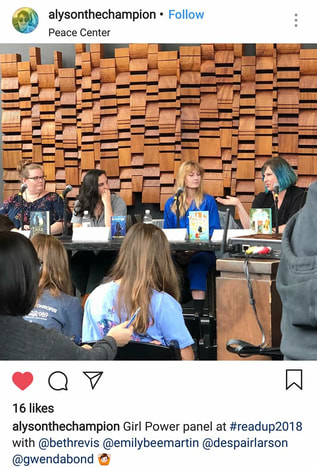 Girl Power Panel, ReadUp Greenville 2018. Photo: Alyson R. Champion Girl Power Panel, ReadUp Greenville 2018. Photo: Alyson R. Champion
I also had the great experience of being on an awesome Girl Power panel at the ReadUp Book Festival in Greenville, SC. For one hour, Gwenda Bond (Lois Lane: Fallout), Beth Revis (Give the Dark My Love), Hope Larson (All Summer Long), and I talked about our favorite heroines, writing wonderful women, and navigating our current social and political climate. I also got to sit in on other panels with some of my favorite YA authors, like Dhonielle Clayton (The Belles), Nic Stone (Odd One Out), and Becky Albertalli (Leah on the Offbeat) as they talked about identity, gender, and writing honest, powerful characters.
All this has led to a solid month of recalling all my favorite heroines from literature and movies and analyzing what I love about them. If you had asked me on September 30th, I would have wondered if I could see this sub-theme through to the end. Now I wish I had another three months of prompts to fill in. There are so many amazing girl characters that I wasn't able to incorporate. And simply surrounding myself with some of my favorite fictional women, both from my childhood and from recent reads, has revitalized me more than I ever would have expected a month ago. It’s also highlighted some common threads among this spectrum of characters. Whether it’s a fairy tale a few centuries old or a fresh, progressive story from this year, I found that a handful of the same themes kept jumping out at me. So this month, for writers plotting out their mighty heroines, I’ve put together a list of six ways to elevate your heroines to the next level. Read them all after the jump!
SEPTEMBER 2018
Recently I’ve given several programs on the power of fan art, and during these programs, I always make sure to stress that the same value applies to fanfiction as well. There’s a good reason for that—most of my completed manuscripts prior to Woodwalker’s publication were fanfiction. The most significant of these, at least in relationship to my published work, is a 67,000 word fic set in the world and events of The Hobbit (in comparison, Woodwalker is 72k words). I wrote it after the first Hobbit movie came out and made me mad with how little it held to the spirit of the book, keeping me awake at night with all the potential that had been lost. It ended up becoming the first of a duology, with the second installment set during The Lord of the Rings.
Nobody has read these fics, not even my best friend and beta reader, who’s read almost everything else I’ve ever written. And they’re not my only LotR fics—I wrote one in undergrad that topped 115k words and encompassed about 500 years of Middle Earth history. But the one set during The Hobbit is the most special to me for several reasons—first, because The Hobbit defined my childhood and ignited my love of fantasy, quests, and worldbuilding. Second, because it was the fic I was writing when my husband finally found out, after four years of marriage, that all the typing I was doing on my computer wasn’t just social media, but fiction writing. And third, because without it, I wouldn’t have conceived of the character of Mae and the plot of Woodwalker. Warning: Big plot spoilers for Woodwalker below (but none for books 2 and 3). Read them all after the jump! |
Emily B. MartinAuthor and Illustrator Archives
August 2020
Categories
All
|

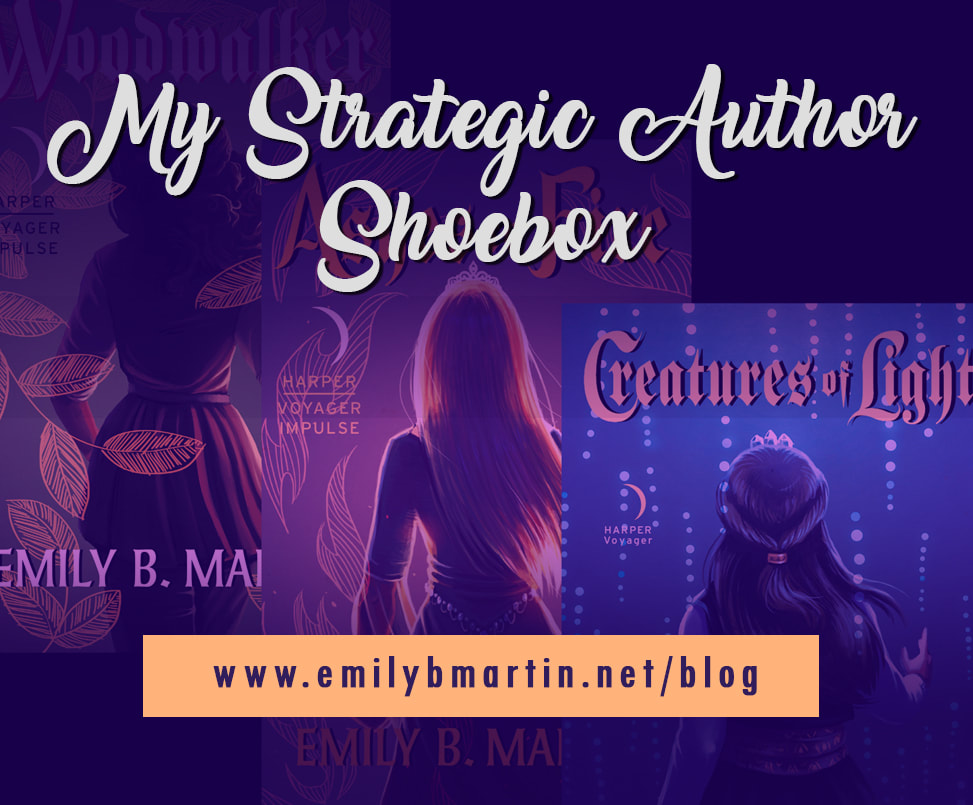
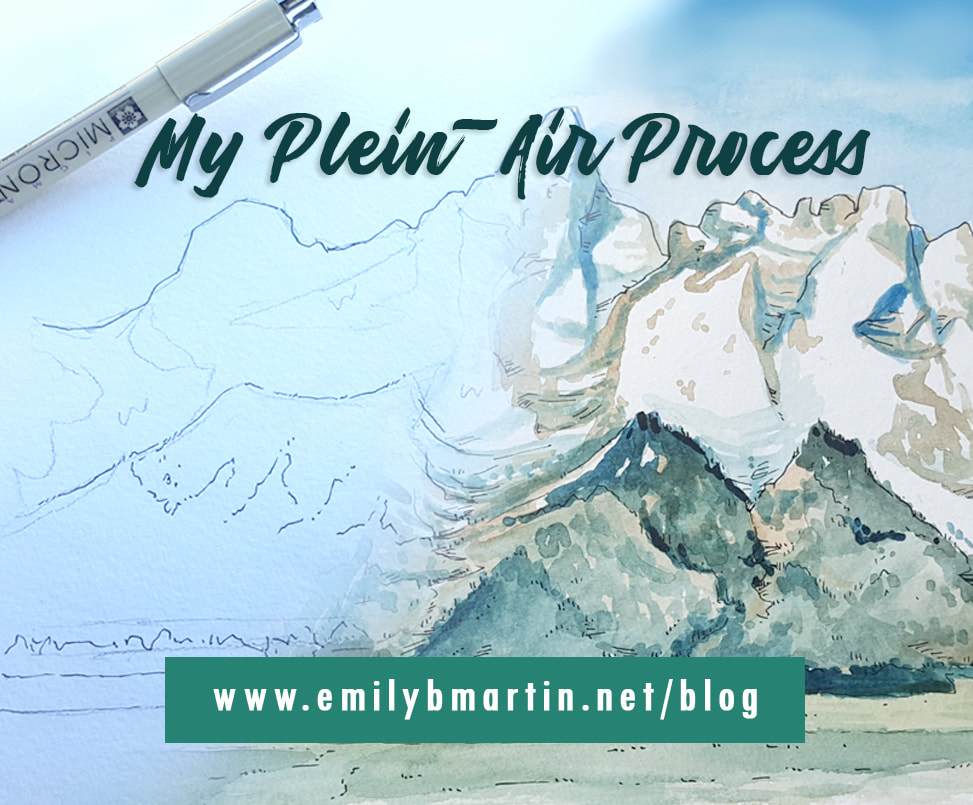
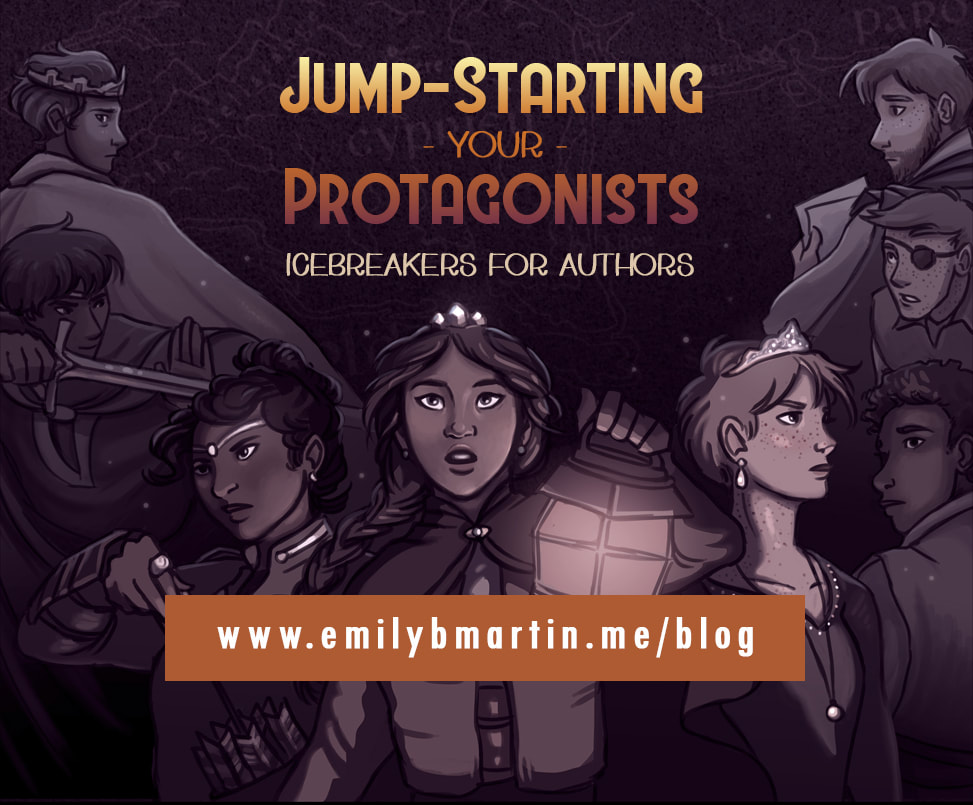
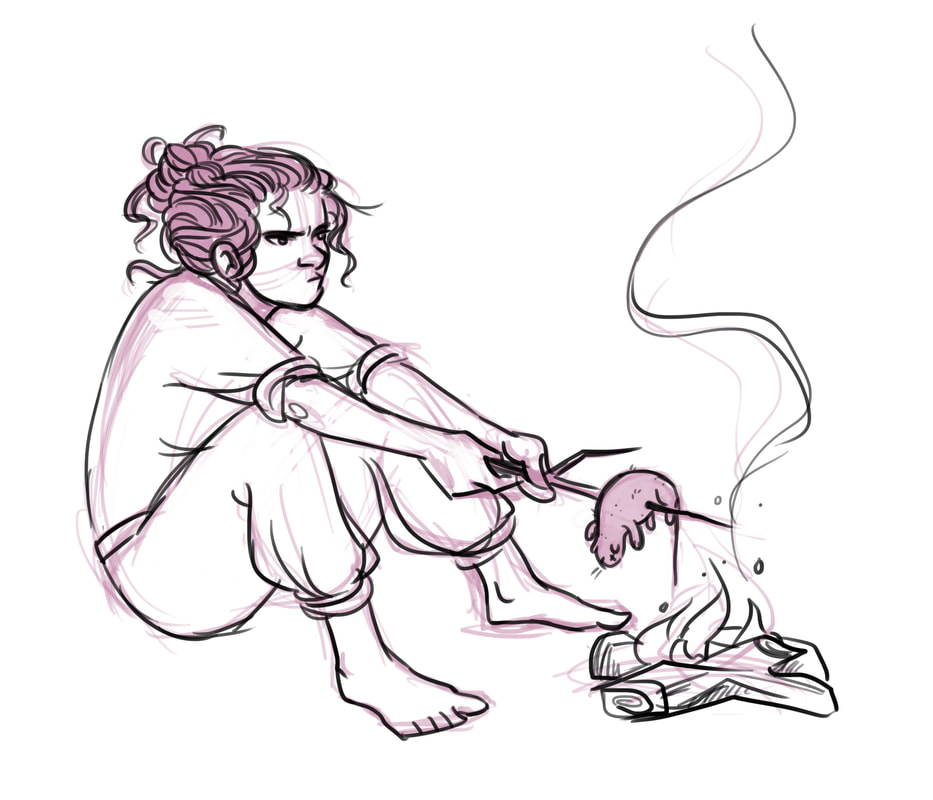
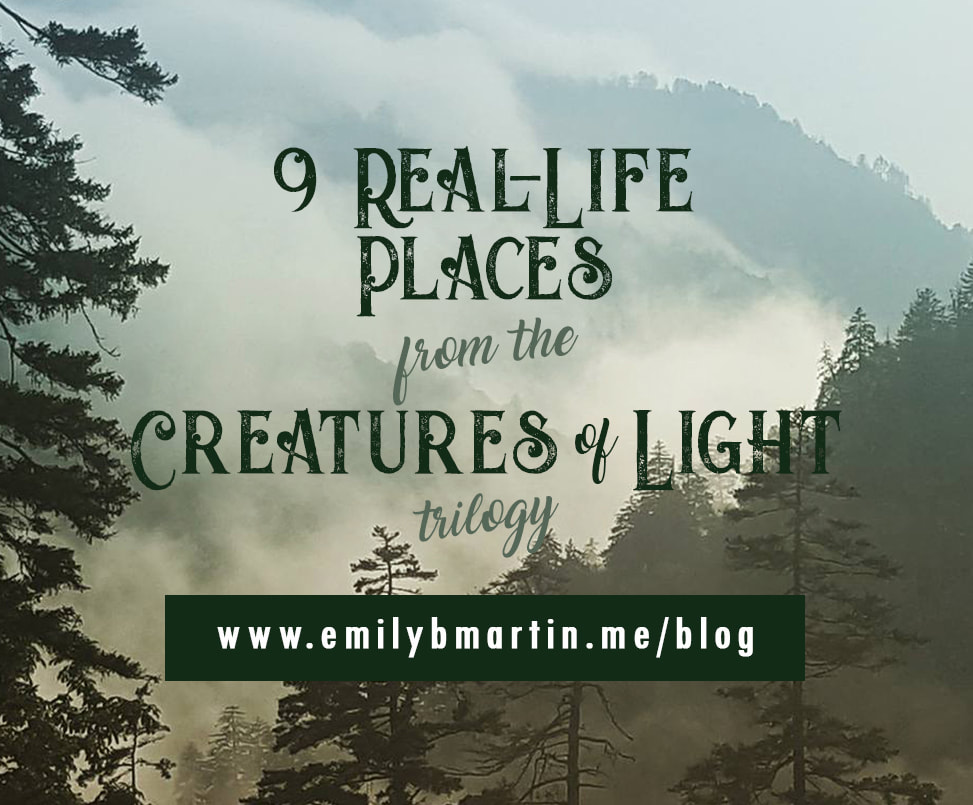
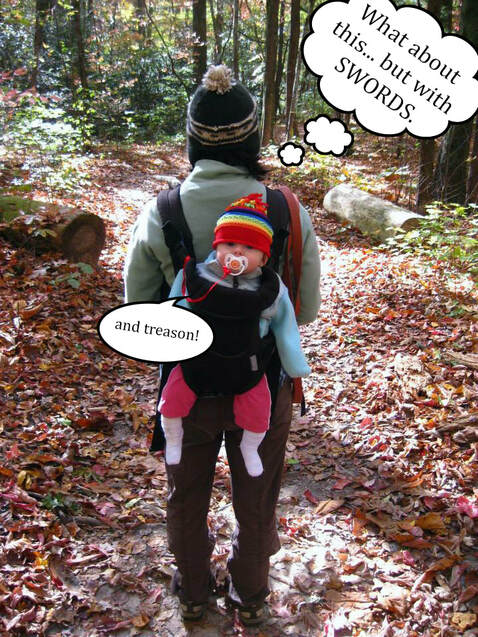
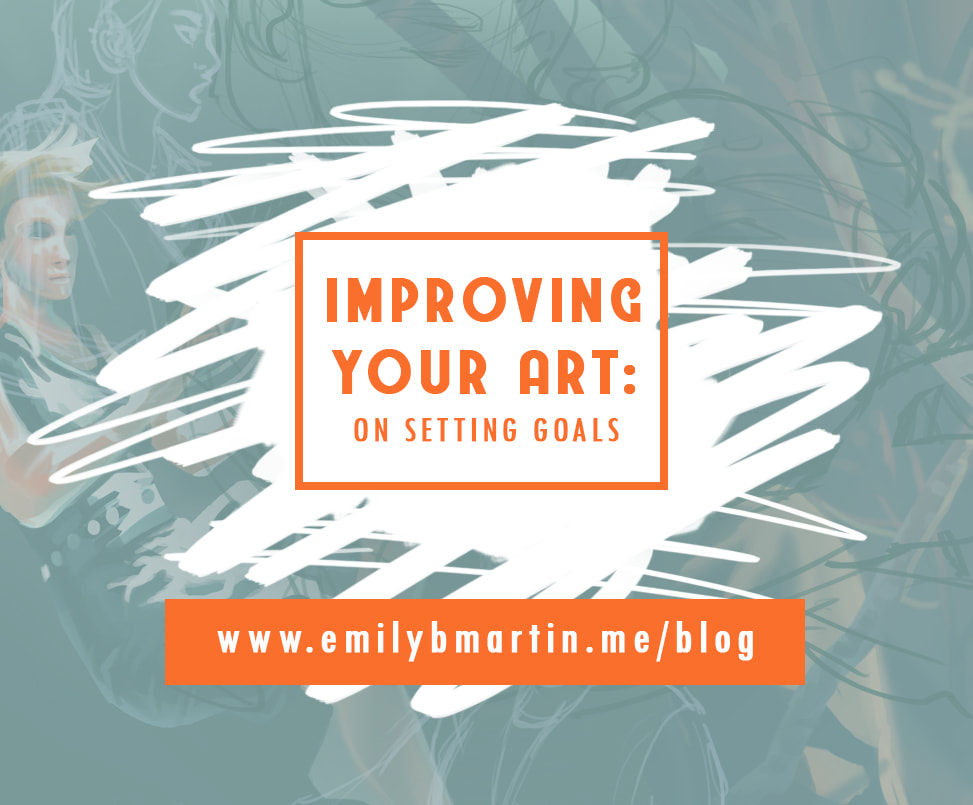
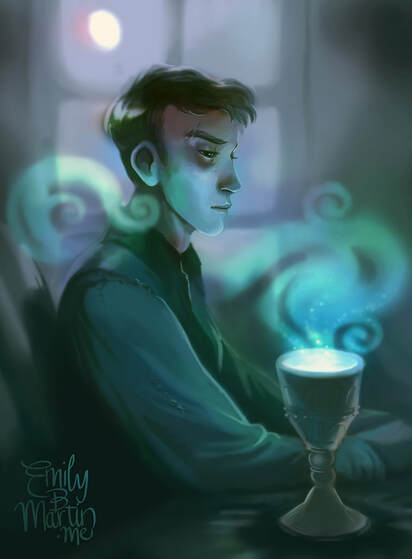
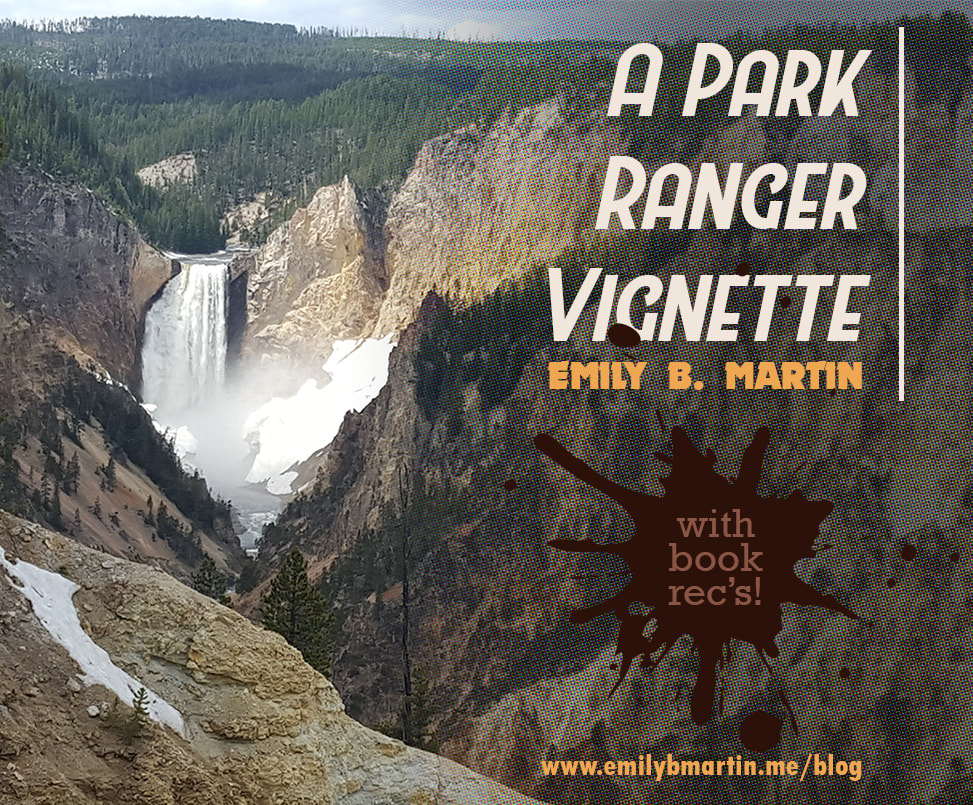
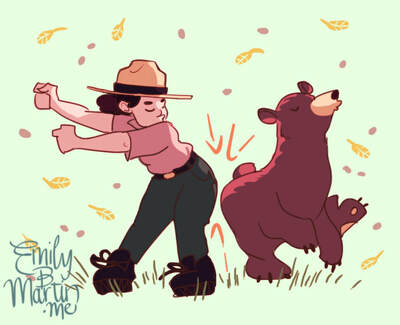
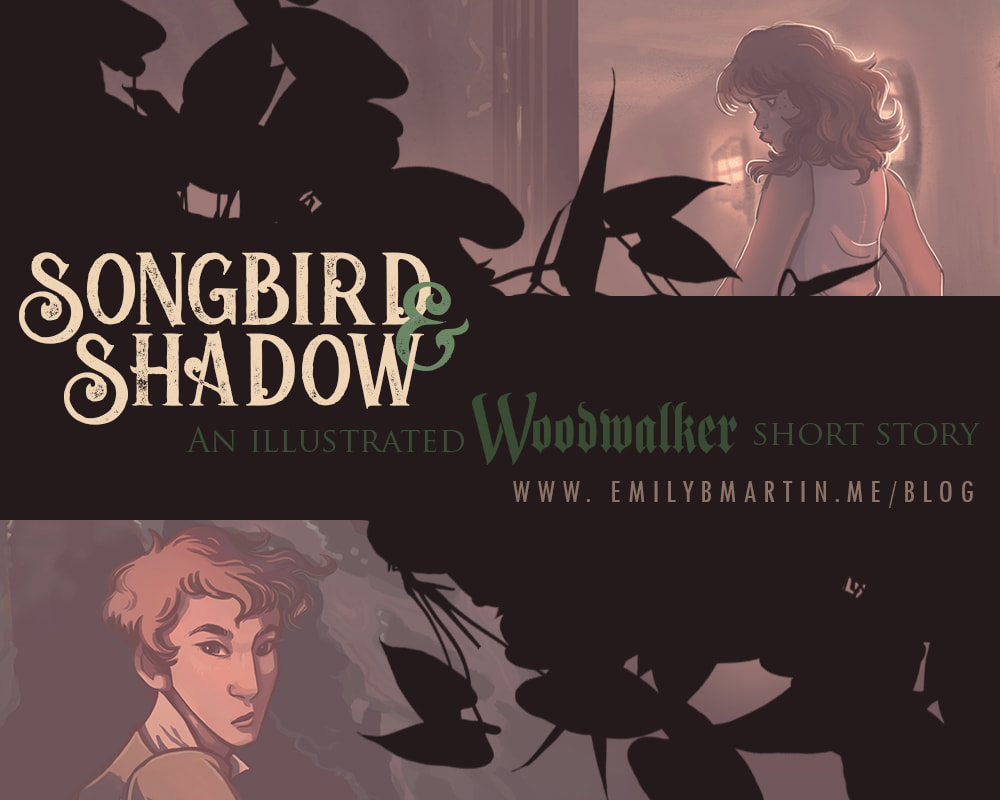
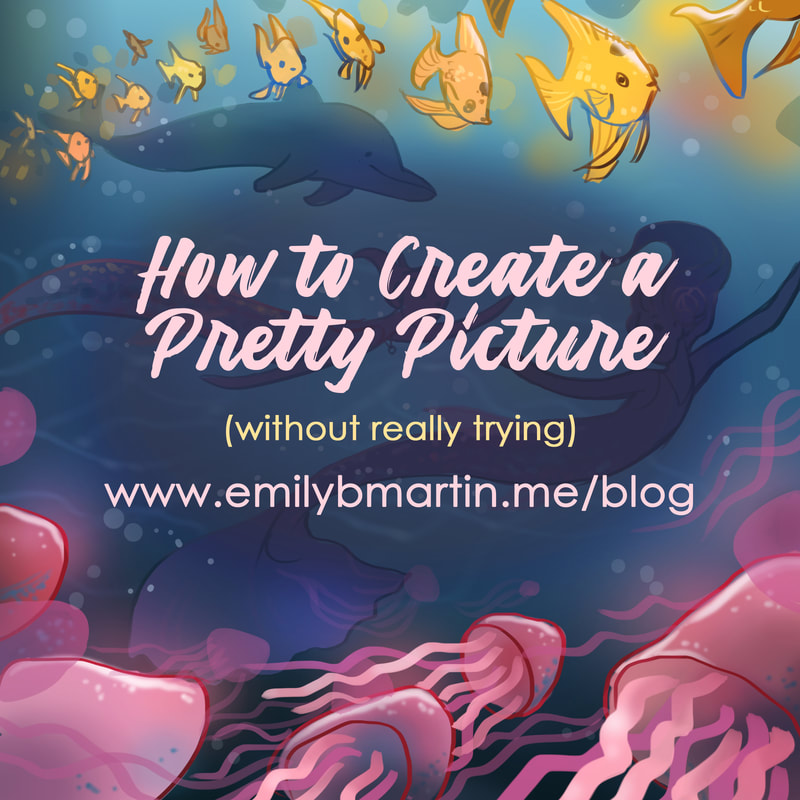
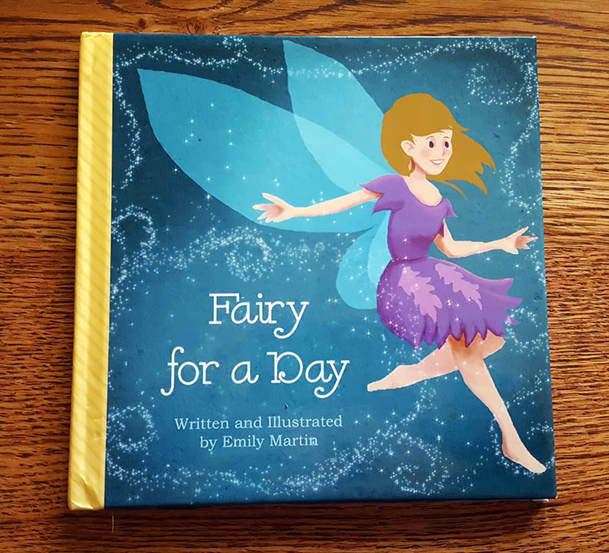
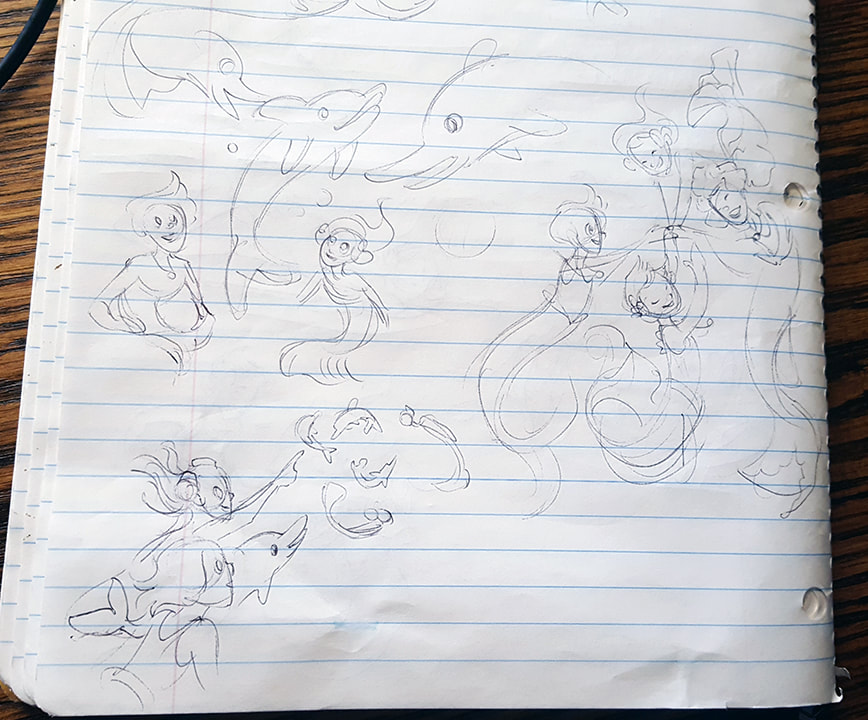
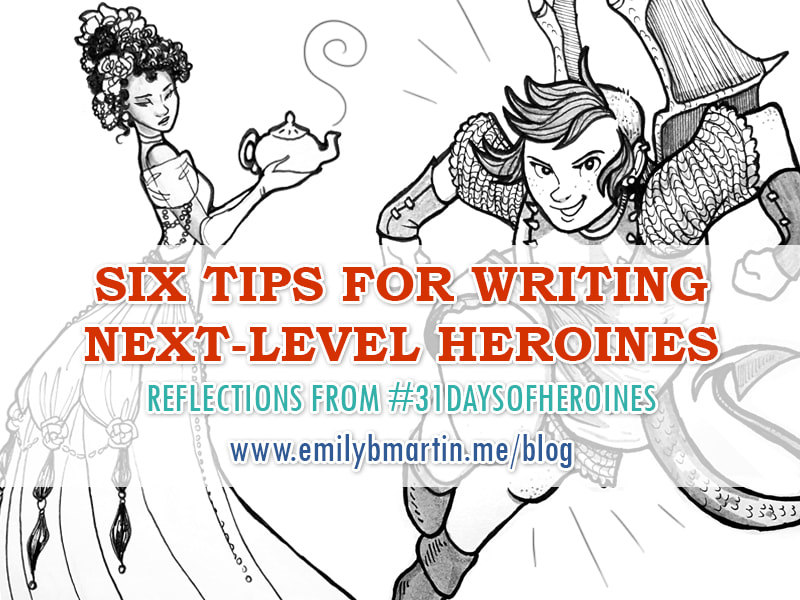
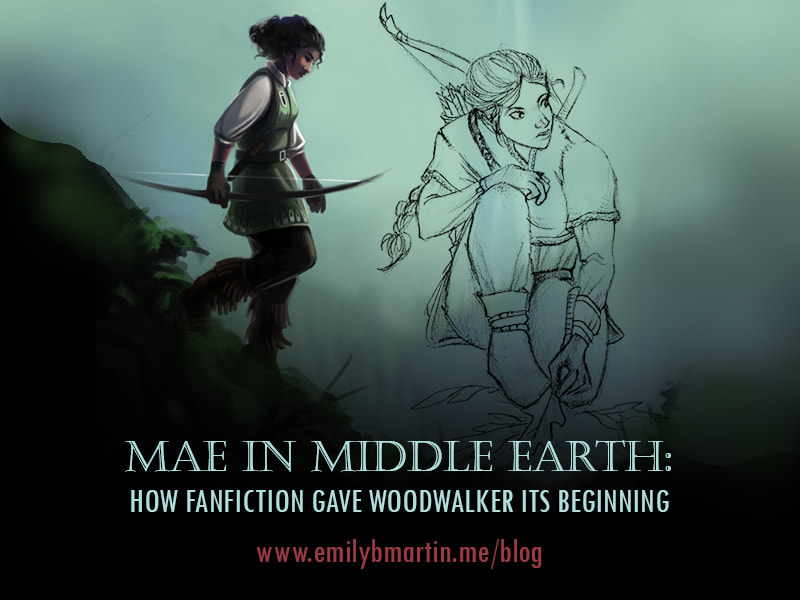
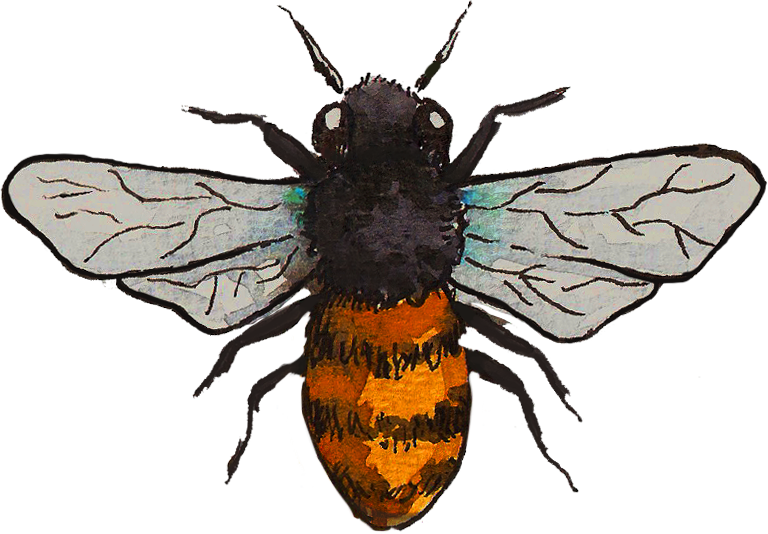
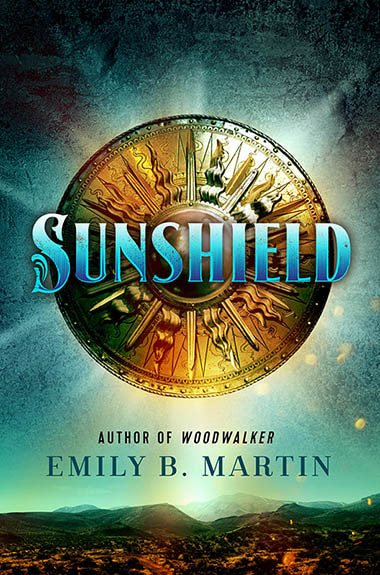
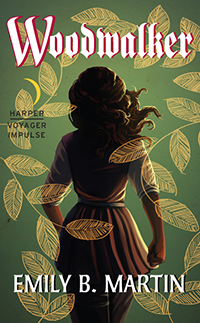
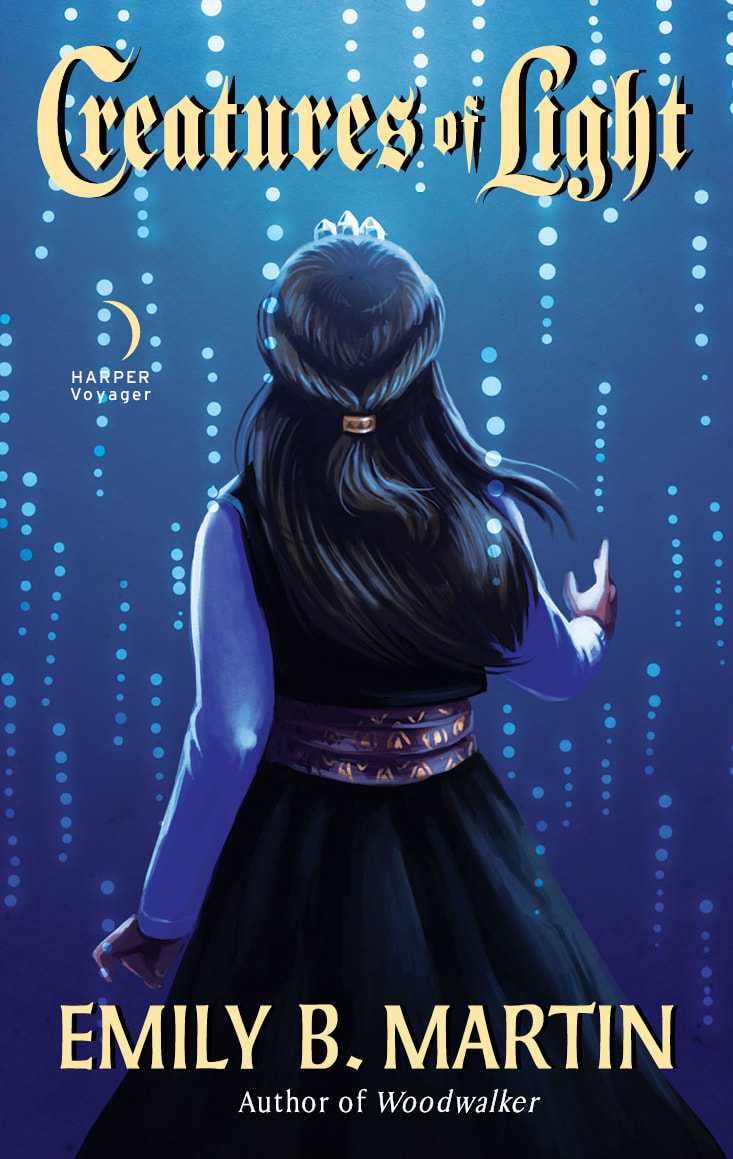
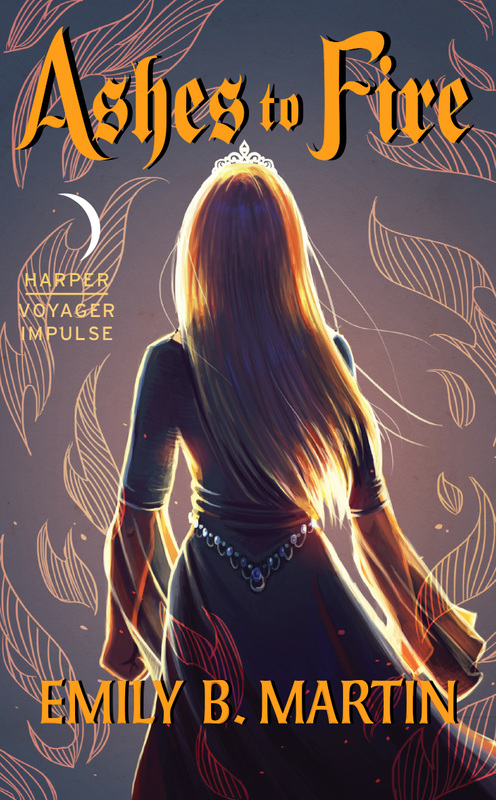
 RSS Feed
RSS Feed

